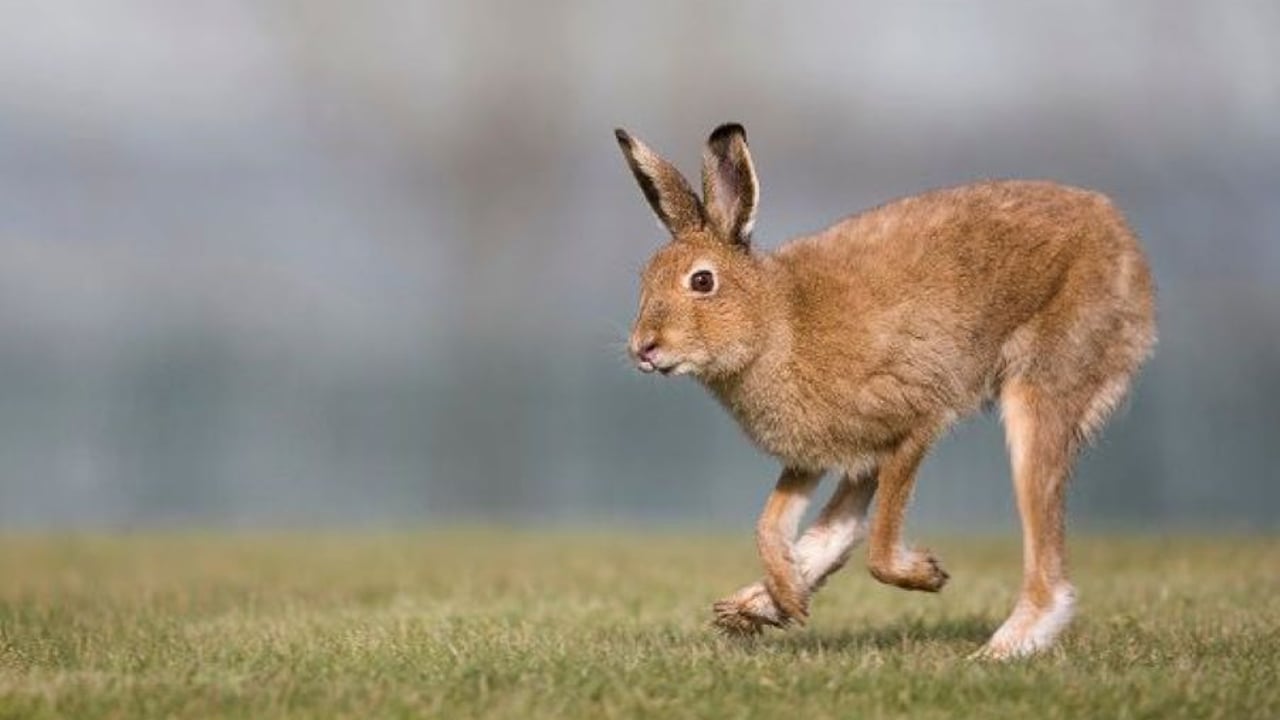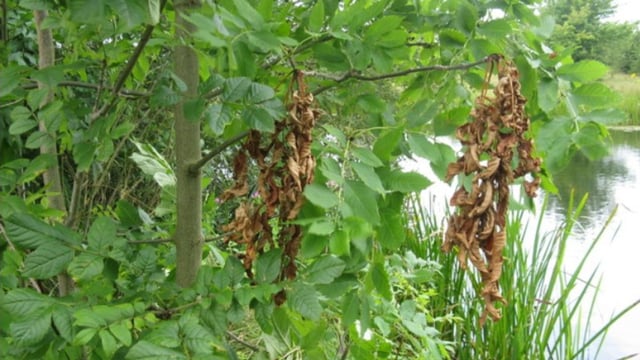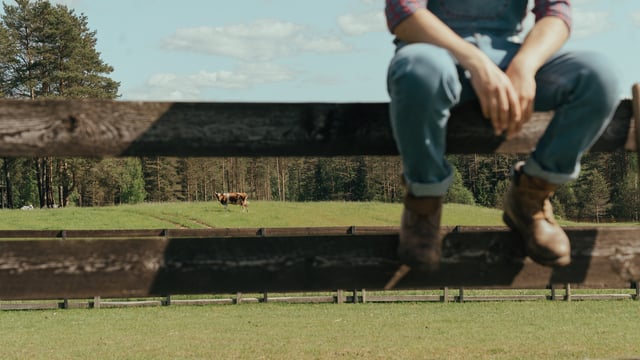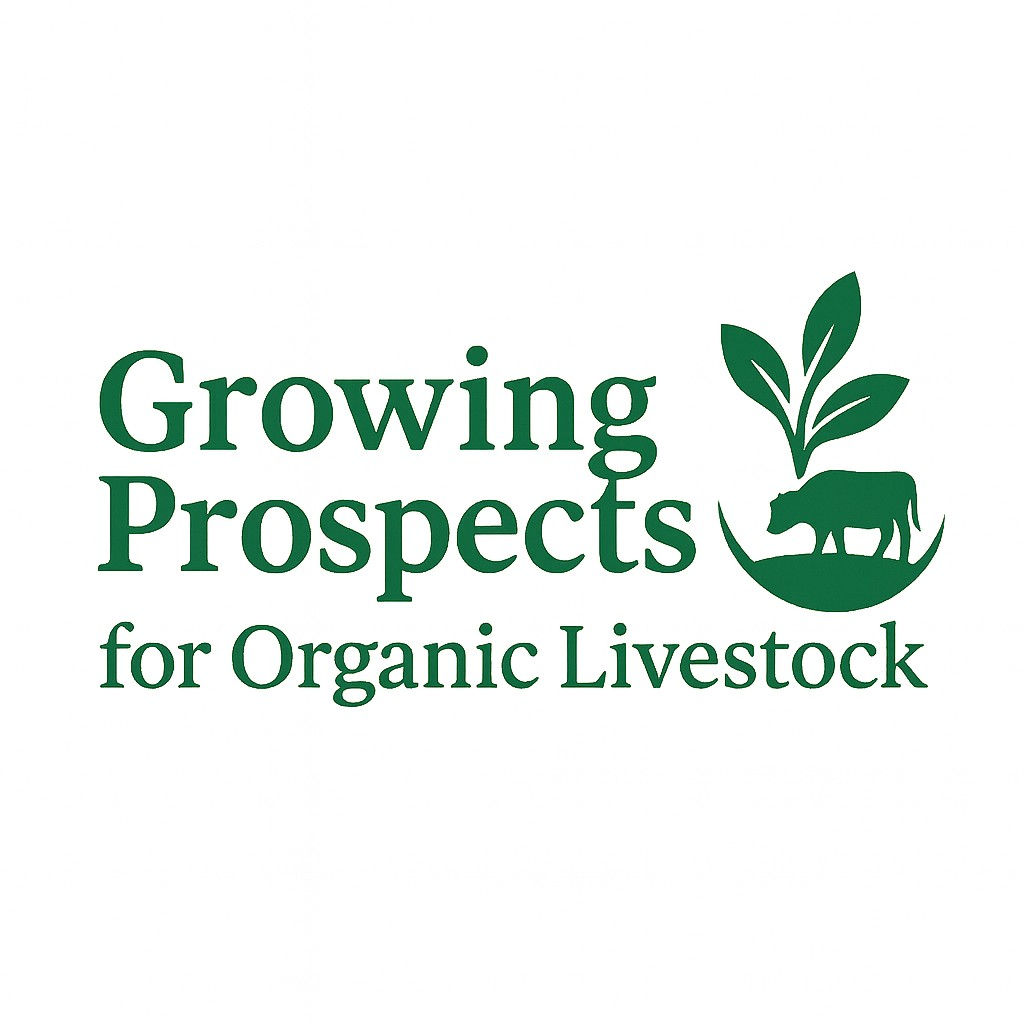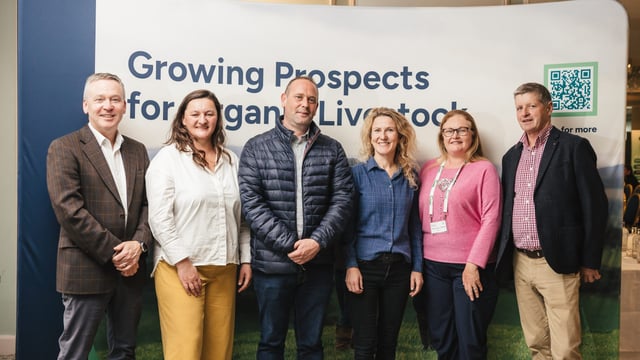ISPCA: Over 3,000 hares were coursed during the '23/'24 season
The Irish Society for Prevention of Cruelty to Animals (ISPCA) have detailed the number of hares that were captured from the wild and subjected to being coursed during the 23/24 season.
ISPCA chief executive officer Dr Cyril Sullivan said that 3,000 hares were captured and coursed in this period.
Of those, over 100 were hit or tossed by dogs, more than 130 were pinned, and over 120 hares needed veterinary attention, with some dying or being euthanised as a result of injuries sustained, Dr. Sullivan explained.
The ISPCA is calling on the Irish government to abolish the issuing of hare coursing licences and to put an end to the practice.
The association is "strongly opposed to Irish hares being captured from their natural habitat, handled, transported, and kept in captivity until they are released to be chased by dogs" before being returned to the wild, if they survive.
The ISPCA believes that "allowing this practice to continue is not in line with Ireland’s Animal Welfare Strategy published by the Department of Agriculture Food and the Marine (DAFM) in 2021".
Dr Sullivan said: “Ireland remains one of three countries in all of Europe that continues to allow legal hare coursing, which is shameful.
"It is well known that the capture and handling of wild animals causes distress, and inflicting unnecessary suffering on innocent Irish hares is totally unacceptable in modern society.
"Under the Wildlife Act 1976, the Irish hare is a protected species, making it illegal to hunt, kill, trap or sell them," Dr Sullivan explained.
"Ending hare coursing would be a progressive move and one that shows Ireland taking animal welfare seriously," he added.
In 2016 the ISPCA and the National Parks and Wildlife Service (NPWS) signed a memorandum of understanding (MOU) to work together on issues where wildlife offences and animal welfare offences overlap and to take a multi-agency approach to combatting illegal activities, including illegal hare coursing.
This MOU is currently being reviewed with a view to strengthening the working relationship between the two agencies.

